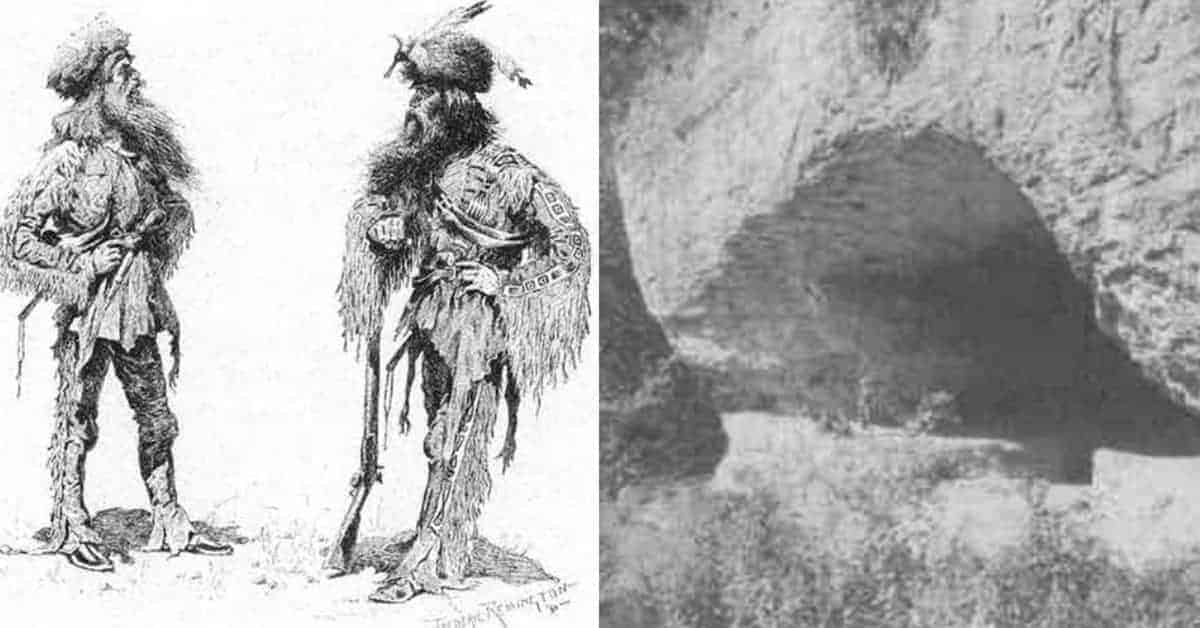The American Revolution opened the lands west of the Allegheny Mountains to settlement and Americans poured west to the rich farmlands of Ohio, Indiana, and Illinois. Other than Daniel Boone’s Wilderness Road and a few other pathways which were little more than Indian trails, the trek to the Ohio country was best accomplished using the rivers as highways. From Pittsburgh and from Wheeling, then part of Virginia, settlers floated down Ohio and its tributaries to find their new homes, carrying with them all that they owned. It was inevitable that there would soon be present those who would try to take it from them. River pirates huddled on the banks, in caves and encampments, and preyed upon the passing travelers.
Among the worst was the Cave in the Rock gang. Led by a notorious pirate named Sam Mason and using a natural cavern in Southern Illinois as their base, the Cave in the Rock gang waylaid settlers, stole their property, sank the boats in the river, and practiced the philosophy that dead men tell no tales. They were utterly ruthless and resisted all attempts of the fledgling governments to capture them. In 1799 they were joined by Micajah and Wiley Harpe – called Big Harpe and Little Harpe respectively – known as brothers though they may in fact have been cousins, who were soon to prove themselves too vicious and bloodthirsty for even the murderous pirates.
The Harpes were America’s first serial murderers, and their true crimes have become blurred by legend over the decades since their depredations terrorized the Ohio and Mississippi River Valleys. Legends aside, the criminal career of Big Harpe and Little Harpe remains a harrowing tale of murder and cruelty unsurpassed by any since then.

The Harpe brothers were likely born with the last name of Harper in the western part of North Carolina, with most historians placing their births around the middle of the 17th century. Their father(s) tried to join the Patriot cause during the Revolutionary War, but due to past political leanings were rejected. Partly in retaliation, the Harpe’s fought on the Loyalist side, with at least one contemporary bearing witness that they fought against the Patriots at the Battle of King’s Mountain and later participated in Cherokee raids (on the side of the Cherokee) against American settlements in eastern Tennessee. They were present at the final pitched battle of the Revolutionary War, at Blue Licks in Kentucky, where they helped defeat a Patriot militia army led by Daniel Boone.
Following the war the brothers’ fled to the mountains of Tennessee where they lived with various native American tribes, after kidnapping two American women to serve as their “wives”. By 1794 they were living in the vicinity of what is today Knoxville, Tennessee, surviving by stealing from other settlers. Around this time (1795-97) they dropped the last letter from their birth name of Harper, probably to disguise their past as loyalist soldiers, and became the Harpes.

